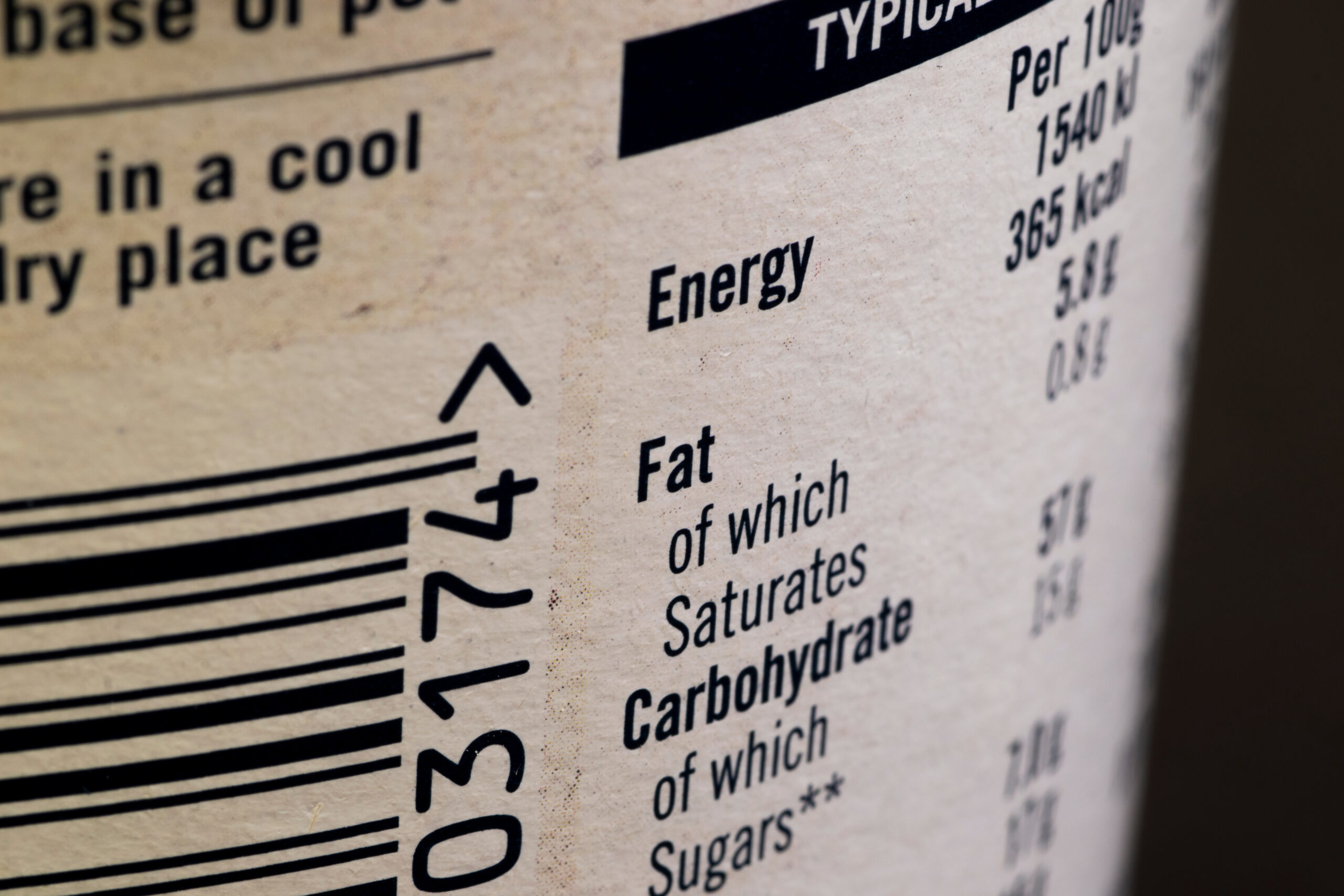Modern Monetary Theory (MMT) attempts to offer an alternative economic rationale for government spending. Fiscal austerity after the Great Recession was a painful process, for people’s material wellbeing and even for social cohesion, with analysis revealing that countries with expansive fiscal stimulus packages actually recovered faster. However, MMT’s alternative is far from risk-free and should not tempt policymakers into complacency, especially in light of the uncomfortable weight Covid-19 spending has placed on public finances.
What makes MMT different? The essence of the theory is that the size of the national debt in itself does not matter. Instead, government spending should be moderated in line with the inflationary pressures it creates. In this system, the role of taxation would flip, functioning to remove money from an overheating economy rather than being a tool to finance spending. The academic doyen of MMT, Stephanie Kelton, outlines the parameters within which this reorientation of fiscal and monetary policy is possible in her New York Times bestseller The Deficit Myth.
Firstly, MMT only applies to countries that borrow in their own currency. Unlike people or businesses, these governments cannot technically go bankrupt, as it would amount to defaulting on your own ‘IOU’ note. Secondly, MMT demands that interest rates should always be set to 0%, so as to ensure debt repayments do not become too burdensome. Again, the burden here is not the size of the debt itself, but the inflationary pressure payments may cause. By extension, this also requires government control of the central bank, so that monetary and fiscal policy are aligned.
Most mainstream economists maintain that MMT is unworkable, as expressed by 50 of the most respected academic economists during the 2019 Chicago Booth IGM Forum. At the event, not one agreed with MMT’s key tenets, including left-wing Keynesian economists such as Nobel Prize-winner Paul Krugman, who dismissed the theory as “obviously indefensible”.
One concern lies in giving politicians the keys to the printing press, with studies linking central bank independence to consistently lower inflation rates. MMT presupposes that governments would not use expansionary fiscal policy to engineer short-term growth for electoral gains, as occurred during the 1972 ‘Barber Boom’ and its painful inflationary bust. Even if politicians maintained an impressive degree of self-constraint, it would be unclear how the electorate would react to MMT when the economy reaches full capacity: re-elect the party imposing painful taxes to cool down money supply, or choose a populist politician promising to magic away inflation?
Furthermore, a level of debt that appears manageable in one economic environment may be problematic in another, as Greece discovered last decade. Given that inflation is notoriously difficult to tame, the tax hikes and spending cuts in an MMT regime required to control an inflationary spiral – where wages and prices rise on the expectation of future costs – could make George Osborne’s austerity look generous. While the US Federal Reserve was able to change behaviour by hiking interest rates to an unprecedented 20% in 1980, MMT has been said to recommend “policymakers press hard on the accelerator without knowing where the brake is”. Whereas raising interest rates incentivises saving and cools down the economy, this system may rely on sudden and severe tax hikes, directly hitting individuals’ pockets at the time goods and services become less affordable.
Nevertheless, the Overton window of debt-financed government spending seems to be shifting, with policymakers urged to employ a more ‘MMT approach’ to establish a greener, more equal post-Covid-19 recovery. This is reflected in America’s vast Green New Deal, shaped by Stephanie Kelton herself as Bernie Sanders’ economic advisor. Back across the pond Conservatives have looked to MMT for fulfilling electoral promises, particularly in terms of the levelling up agenda.
Compared to the Great Recession, the economy now lies in a very different position. Already, warning signs show that the reopening economy will be reaching full capacity. Andy Haldane, former Chief Economist at the Bank of England, urged caution towards the risks that may come if the Bank did not tighten its monetary belt, predicting a 4% inflation rate by Christmas – double the UK target. Growing out of a supply-side shock of this scale would be highly problematic for an MMT economy, since the theory relies on tax cuts to remove money from an overheating economy: this would do little to alleviate inflation induced by constricted supply, and would instead harm the economy.
There may have been a time for more expansionary fiscal policy during the Great Recession, but contemporary economic difficulties would be exacerbated by an MMT-inspired fiscal splurge. We thankfully have recourse to usual monetary instruments for reining in inflation, but raising interest rates would make debt repayments increasingly expensive. This makes it all the more important for the necessary investments for the future to be well-planned and budgeted – if not, the risk is that the only thing being levelled up is the price of your weekly shopping.
Ben is currently undertaking work experience at Bright Blue. Views expressed in this article are those of the author, not necessarily those of Bright Blue. [Image: Bank of England]





